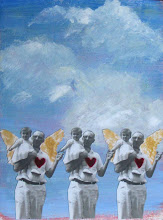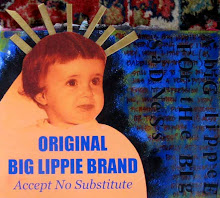


Alright, if I'm going to be completely honest, every Sargent is a favorite, but these three works are incredibly compelling pieces and I adore each one. His portrayal of light is extraordinary in each of them (as it is in virtually every canvas) and in Fumee d'Ambre Gris, his white on white brushwork is mind-boggling and I am in utter awe of it. To be able to work an entire canvas in little more than white and convey all the mystery of the subject matter is stunning.
In his portrait of the two Pailleron children, the endlessly contentious working relationship he had with little Marie Louise is more than evident in the expression on her face, as well as her body language. One need not have read the memoirs of Miss Pailleron to know that she was a handful for the artist. Simply gaze into her angry, defiant eyes in the portrait. While not nearly as unconventional as his portrait of The Daughters of Edward Darley Boit, this work is still a very unique, unusual commissioned portrait. The children sit informally and the emotionally charged fiery red background mirrors Marie Louise's ire perfectly.
El Jaleo is a masterpiece of movement and energy. With the dancer's swirling, flapping skirts, her tapping heels, and the light rising from below as from footlights, one can virtually hear the instruments and the yells of the flamenco musicians and dancer. The energy in this canvas is vibrant and palpable.
It's been nearly four years since I last saw a vast group of Sargents in an exhibition. I think it might be time for one of my relatively local museums to consider mounting a show again soon. I desperately need to feed my need for them in person again. I really do.
Fumee d'Ambre Gris, 1880
Portrait of Edouard and Marie-Louise Pailleron, 1881
El Jaleo, 1882












